By Berdymyrat Ovezmyradov, Researcher at Tebigy Kuwwat
Following my secondment to Charles University in Prague, I would like to briefly summarize some of the initial findings of my research on how to prevent corruption in the academic sector in Central Asia. Central Asia was known for widespread corruption in the academic sectors and has recently become the region with the highest rate of predatory publishing. Could this be related to the low transparency of the countries in the region in the global rankings? To what extent has academic dishonesty contributed to the well-known gap in research performance between Central Asian countries and other post-Soviet states? Why did other transition countries manage to do much better? What could be done to avoid these problems? These are the questions I asked myself at the university when I started my research, which is still ongoing. I hope that the limited results outlined below will be of interest to those interested in the state of scientific research in my region.
Education and research institutions cannot avoid the effects of corruption if a country already suffers from low transparency in all areas of society and the economy. The Central Asian states occupy the lower positions in the corruption indices. Since the early 1990s, numerous reports have appeared in the media about widespread corruption in the academic sector – mostly bribery and nepotism at the level of admissions, evaluation and promotion (Brunner and Tillett 2007, Moore 2004). During the 2000s, policymakers in several countries of the region have introduced measures that appear to have reduced corruption in higher education. These included higher enrolment rates, standardized tests, and IT tools. Based on a rather limited number of publications on the subject and a few interviews with my colleagues on the subject, I could conclude those measures were effective to some extent, and most countries have probably made some progress in terms of merit-based admissions and student assessment. However, in terms of awarding advanced degrees, promotions and publications, anecdotal evidence suggests that there were fewer signs of improvement. The academia and policy makers should pay attention to the risks of corruption among researchers as well as educators.
Academic integrity contributes to the quality of research. Unfortunately, questionable practices were widespread throughout the post-Soviet space. Influential bureaucrats, businessmen and politicians might try to obtain academic degrees solely for the prestige and career and salary boost. From limited interviews, I had an overall impression that the problem of obtaining a doctorate or equivalent degree based on reasons other than merit (which often involved nepotism and bribery) was still rampant in the 2000s, although some countries in Central Asia have made visible progress in reducing it over the past decade.
Retraction Watch (2023) and Dissernet (2023) are interesting sources of stories on plagiarism, ghostwriting, low-quality publications, falsified qualifications, manipulated peer review, and many other varieties of suspicious activity among professors, department heads, governors, parliamentarians, ministers, and even heads of state in the post-communist states. Unlike in Western countries, high-ranking officials in the post-Soviet states have often avoided resignation and other serious consequences of plagiarism, academic fraud, and similar offences. This observation alone could already be a worrying signs of abuse of power related to corruption among the officials.
Table 1 shows indirect indicators of academic integrity, such as retractions and predatory publishing. Obviously, these two indicators could be related – more predatory publishing implies a lower quality of research in general, in turn, leading to more retractions.
Table 1. Retractions and predatory publishing (as the country share in sources discontinued by Scopus, 2010-2019).
| Country | Scopus discontinued share % | Retractions total | Retracted – share % |
| Turkmenistan | – | 1 | 0.27 |
| Tajikistan | 5.8 | 49 | 2.49 |
| Uzbekistan | 7.5 | 33 | 0.25 |
| Kyrgyzstan | – | 28 | 0.98 |
| Kazakhstan | 27.0 | 99 | 0.34 |
| Latvia | 1.4 | 8 | 0.03 |
| Lithuania | 0.9 | 10 | 0.02 |
| Estonia | 0.3 | 8 | 0.02 |
| Central Asia | 40.3 | 210 | 4.3 |
| Baltic States | 2.6 | 26 | 0.1 |
| Sources: calculated based on data from Retraction Watch Database (2023) and Kessenov (2020) |
The above indirect indicators of research quality are certainly not precise indicators of academic dishonesty. The causes of certain retractions and poor publication decisions may be the result of innocent and unintentional errors by authors. Nevertheless, the differences between the two regions are striking, even after adjusting for a large margin of error. Perhaps, too many researchers still knowingly engage in dubious activities in order to quickly get low quality research published. There are clearly lessons to be learned from the countries that joined the EU after the collapse of the USSR. Latvia, Lithuania and Estonia can provide examples of adopting modern Western practices for achieving higher performance in numerous other development indicators, not only academic (Ovezmyradov and Kepbanov 2021, Ovezmyradov 2023). Stronger scientific and educational ties between Central Asia and Western countries could help promote better academic practices.
The less than desirable performance is curious given the size of the largest countries in Central Asia, which have made significant investments in recent years to strengthen their research and development capabilities. So when and how did this trend emerge? The figure below shows some relevant periods in the past and suggests possible factors.

Figure 1. Change in publications discontinued by Scopus from 2010 to 2019 (Kessenov 2020).
Kazakhstan has successfully increased both the productivity and impact of national research following a series of reforms in the 2000s, when, among other things, stricter publication requirements were introduced to comprehensively support research with more funding and internationalization. Unfortunately, a side effect was a sharp increase in publications in low-quality or predatory journals between 2012 and 2014. The same country managed to reverse the negative effects in the 2010s with more experience and policy adjustments, while continuing to increase its research output. In this respect, Kazakhstan is clearly a success story that could serve as an example for the rest of the region, including Uzbekistan, which has recently faced similar problems of a sharp increase in the share of predatory publications following the introduction of stricter requirements for the research output of academic staff. Even a quick online search on Google Scholar reveals there is room indeed for improvement in research excellence for a visible share of papers published by Central Asian authors.
The consequences of predatory publishing are not only low research impact and damage to reputation. The hidden economic effect is difficult to estimate, but can be substantial, with a typical publication fee in a low-quality publication of several hundred US dollars, and more if intermediaries with articles for sale and other dishonest practices are involved. Such amount could easily exceed a monthly salary in the region. The governments of the leading Central Asian economies have invested billions of national funds in academic organizations in recent periods, creating greater incentives to secure increasingly attractive positions in higher education and research. This is a welcome development for the academic sectors that have long been underfunded, but raises concerns about the effectiveness. Now that higher publication targets were introduced, an unknown number of local academic staff, under pressure to publish, may be more willing to engage and invest in such undesirable practices as those mentioned above. One reason the policymakers promoted requirements to have publications indexed by the global academic databases (Scopus and Web of Science) was to eliminate the subjective evaluations prone to negative influence of personal connections and other informal relationships at the local level of the academic institutions. Publishing in such databases could serve, in a sense, as a proof of research quality and integrity to prevent possible corruption in degree awards and promotions. Such approach, however, might simply shift potential corruption risks from one area to another. A researcher might be willing to sacrifice a significant portion of personal income to pay for an article published in a relatively easy-to-publish journal of lower Scopus level (Q4), usually requiring open access fee. They are not necessarily of low quality, but significant proportion later gets removed from the recognized database and become classified as predatory. An alternative could be to buy an article for sale written by intermediaries that arrange publications in better journals. Thus, direct and indirect losses for the regional economies due to questionable activities that bring little to advance science are estimated to be in the millions of US dollars.
So what can be done to improve the situation? Kazakhstan’s experience as of the latest metrics suggests that a combination of the right policies and adequate funding can be highly effective in improving research output while minimizing predatory publishing. However, more can be done to ensure better contribution of science to sustainable development in the region. Right budgets and reforms alone cannot bring fundamental changes in research excellence. My conjecture, based on initial observations in developed countries and comparisons between transition economies (not yet backed up by deeper analysis due to lack of data though), is that better governance can be a powerful driver. Liberalization, opening-up reforms and a geopolitical orientation towards the leading Western countries can help solve many research problems. Central Asian countries have long lagged behind most other post-Soviet states in terms of liberalisation indicators (Ovezmyradov and Kepbanov 2021). Similar to their Baltic counterparts in the 1990s and 2000s, Central Asian states could extend economic and socio-political liberalization to more sectors – including academia. Over-regulation and a bloated public sector are obstacles to attracting more talent and funding. Good governance is essential to prevent corruption. Meanwhile, opaque government intervention in academic institutions does not lead to more transparency. The lack of liberalization in the form of academic and other freedoms can cause or exacerbate long-standing shortcomings in academia: insufficient autonomy, inadequate internationalization, low funding, ineffective reforms, and lack of transparency. Unfortunately, the level of governance and openness achieved by the Baltic States may be unrealistic to expect from Central Asia in the near future, given the numerous geopolitical constraints that exist in the region, so the current outlook in this regard is not very optimistic for closing the spectacular gap with research quality and other indicators.
Undoubtedly, more needs to be done in local systems of incentive and training to avoid questionable and corrupt practices in the regional research. Beside predatory publishing and retractions, there are other forms of questionable practices potentially linked to corruption that the discussion above excluded due to the lack of data. The lack of detailed statistics, interviews and observations for deeper analysis in the study allows preliminary findings to be treated only with caution, while suggesting directions for future research to better inform policy makers in the region to address the issues discussed.
More details of the research can be found in a book chapter that I co-authored with my colleague in Latvia shortly after the secondment (Gromov and Ovezmyradov 2023). Some of the results have also been presented online for an audience in a regional conference (Questionable practices and publication strategies among Central Asian researchers. ESCAS Conference 2023 in Almaty, Kazakhstan).
During my stay in the Czech Republic, I had ample opportunities to expand my research by participating in field trips, conferences and networking events within the EU. Importantly, the project provided a unique opportunity to learn from country experts in Prague, a place of concentration of scholars with deep local knowledge of Turkmenistan. I was also excited to find rare publications about my homeland. They will be very important for several ethnographic studies I am planning in the near future. As a junior researcher in my country, I am very grateful for the support I received from the MOCCA project and the Faculty of Social Sciences at Charles University.
Keywords: Research Metrics, Predatory Publishing, Retractions, Central Asia.
References
Brunner, J. J., Tillett, A.: Higher education in Central Asia; the challenges of modernization – an overview. World Bank (2007)
Dissernet https://www.dissernet.org/ (2023)
Gromov, G., Ovezmyradov, B.: Differences in Research Performance Between Central Asian and Baltic States. In International Conference on Reliability and Statistics in Transportation and Communication (pp. 528-537). Cham: Springer Nature Switzerland (2023)
https://www.researchgate.net/publication/377837944 Differences in Research Performance Between Central Asian and Baltic States PREPRINT
Kessenov, B.: Percentage of Articles and Reviews by Countries in Sources Discontinued by Scopus. Mendeley Data (2020)
Moore, K.: Central Asia: Buying Ignorance – Corruption In Education Widespread, Corrosive. Radio Free Europe/Radio Liberty (2004)
Ovezmyradov, B., Kepbanov, Y.: Human capital and liberalization in Central Asia: comparative perspectives on development (1991 – 2020). Lund University, Media-Tryck (2021)
Ovezmyradov, B.: Applying quantified indicators in Central Asian science: can metrics improve the regional research performance? Scientometrics, 128(1), 177-206 (2023)
Retraction Watch (2023) https://retractionwatch.com/
Retraction Watch Database (2023) http://retractiondatabase.org

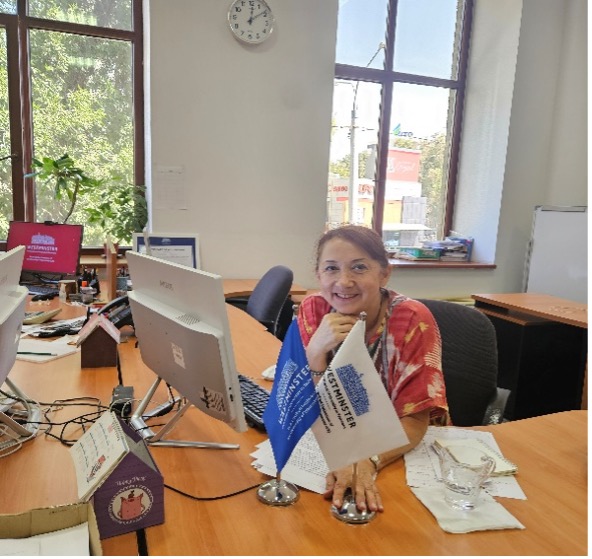
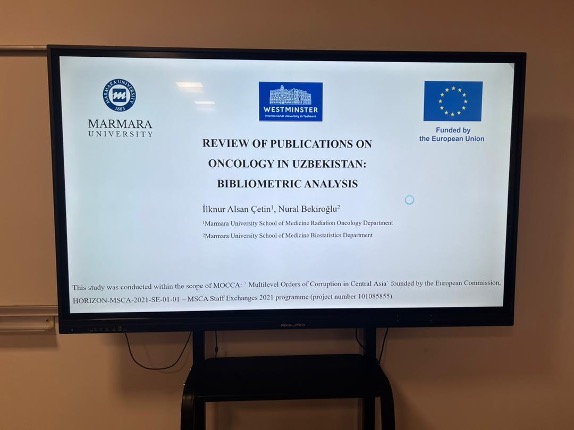



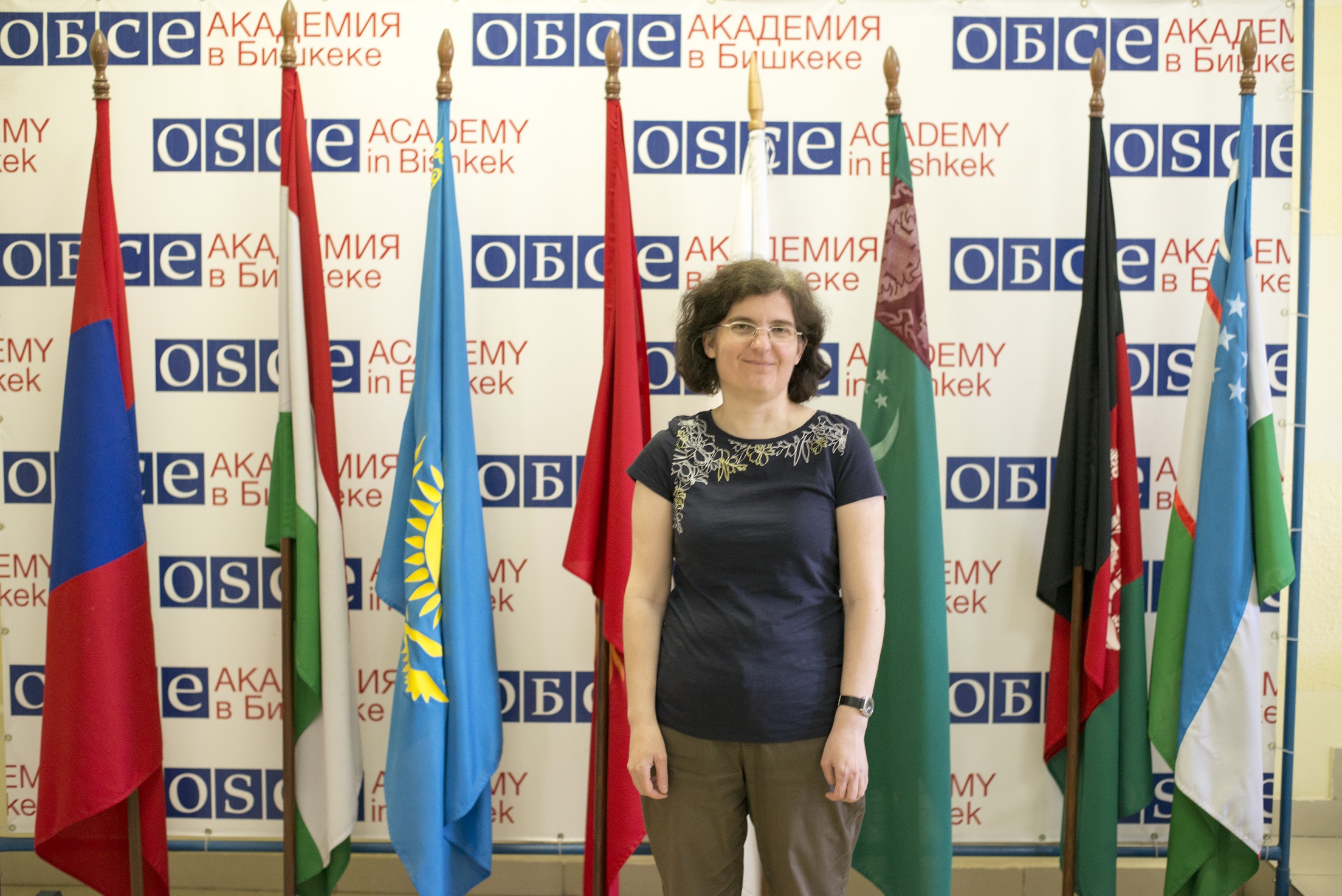


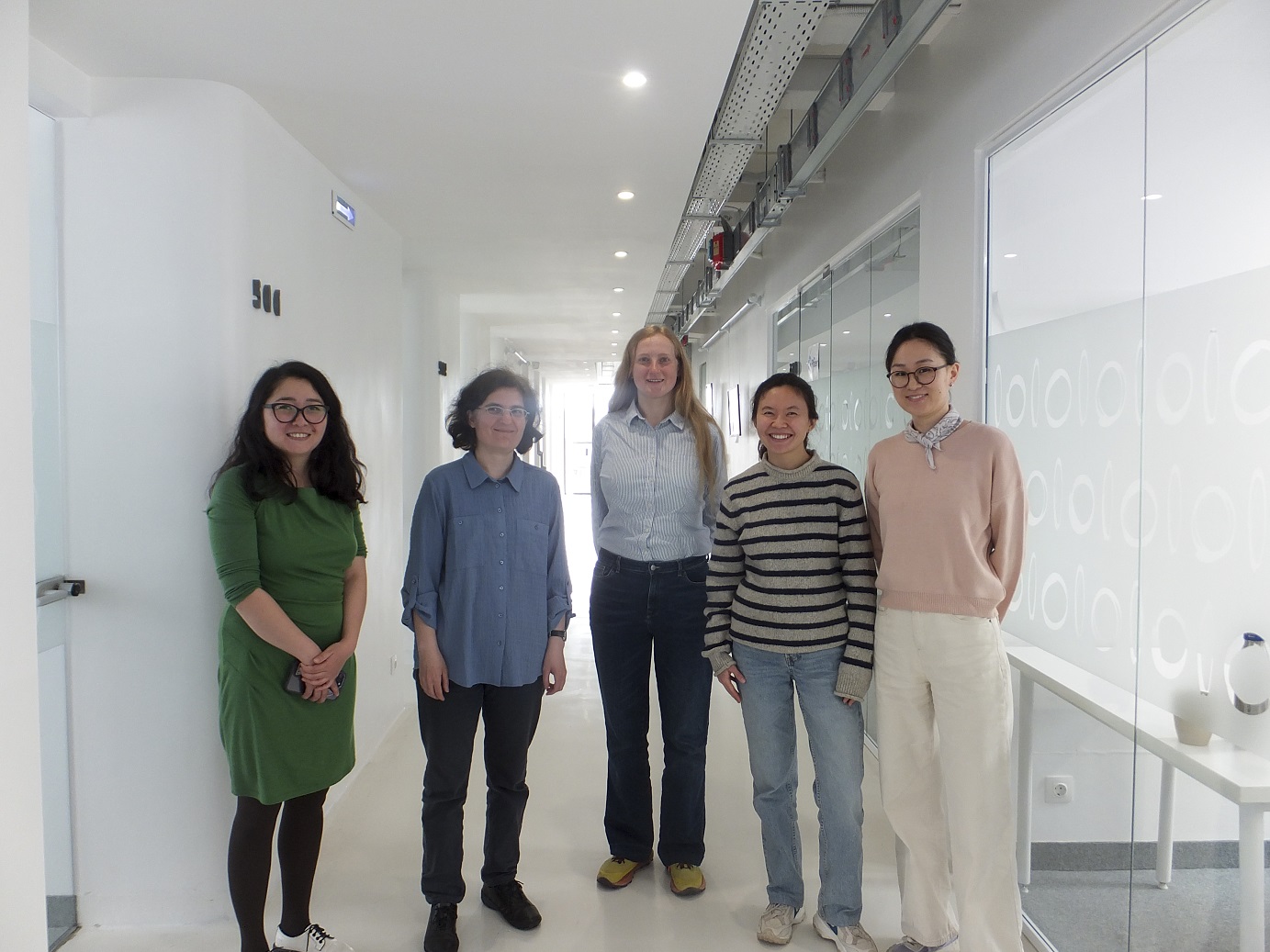
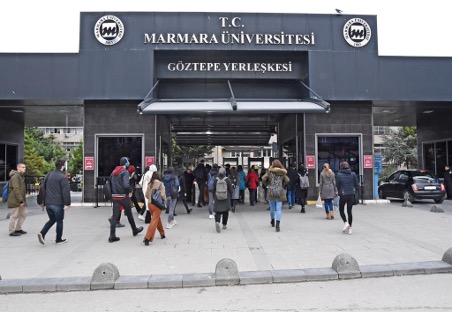
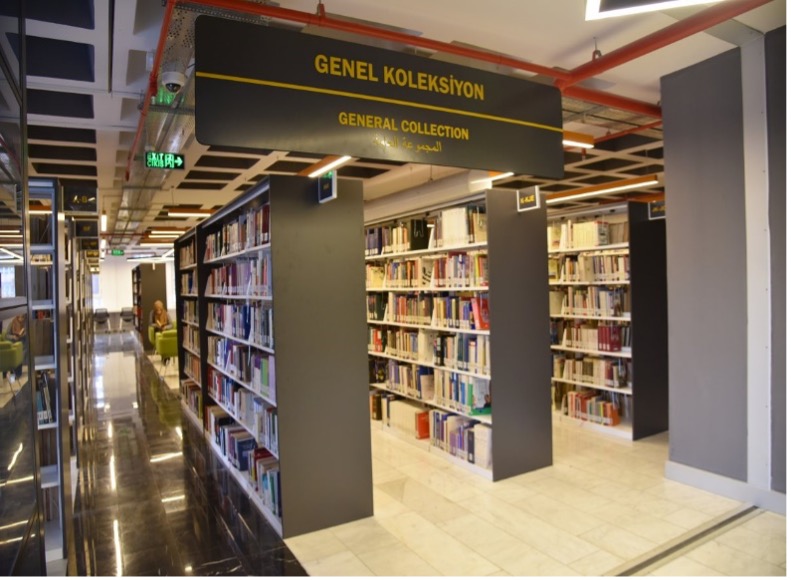


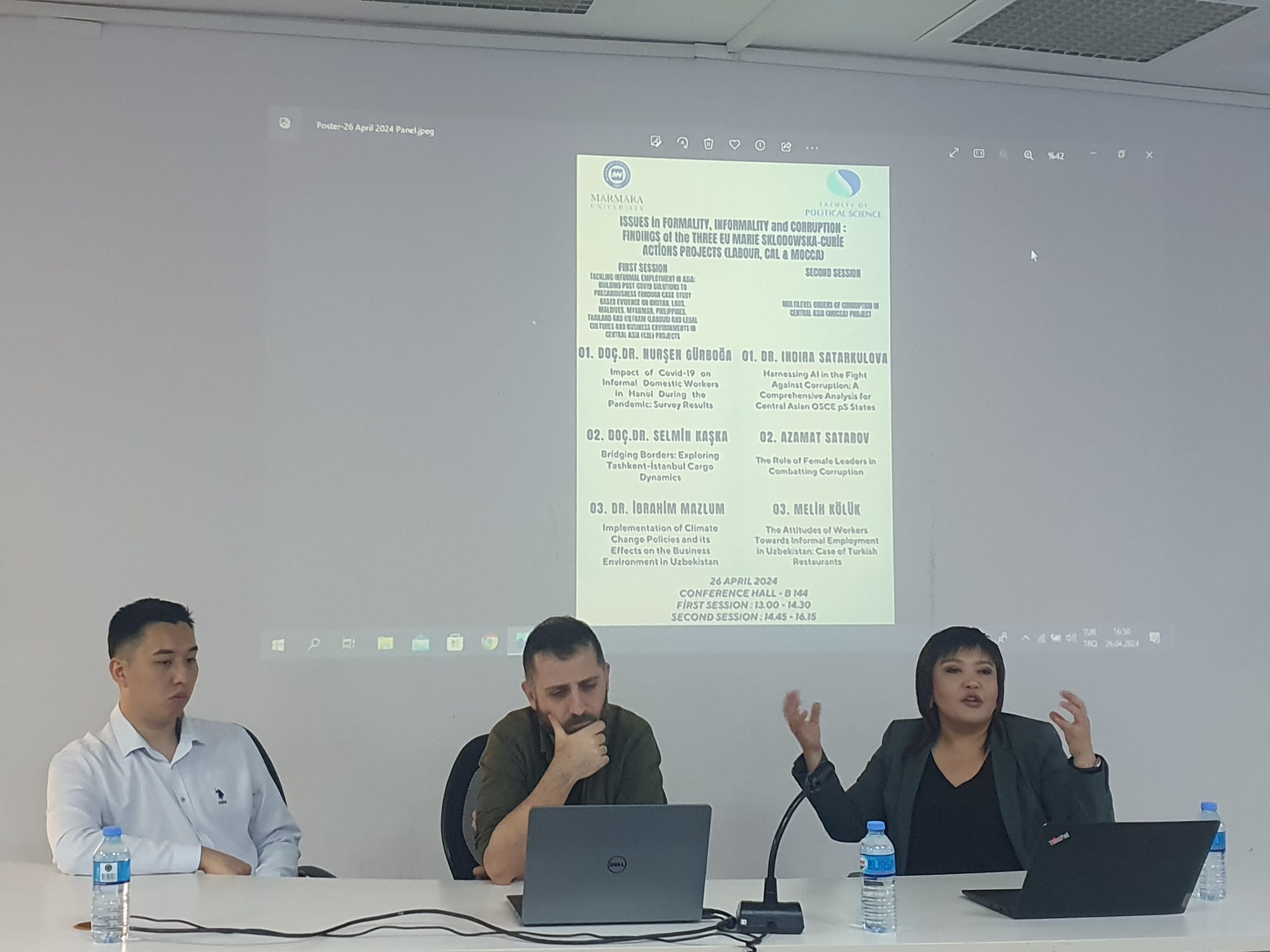
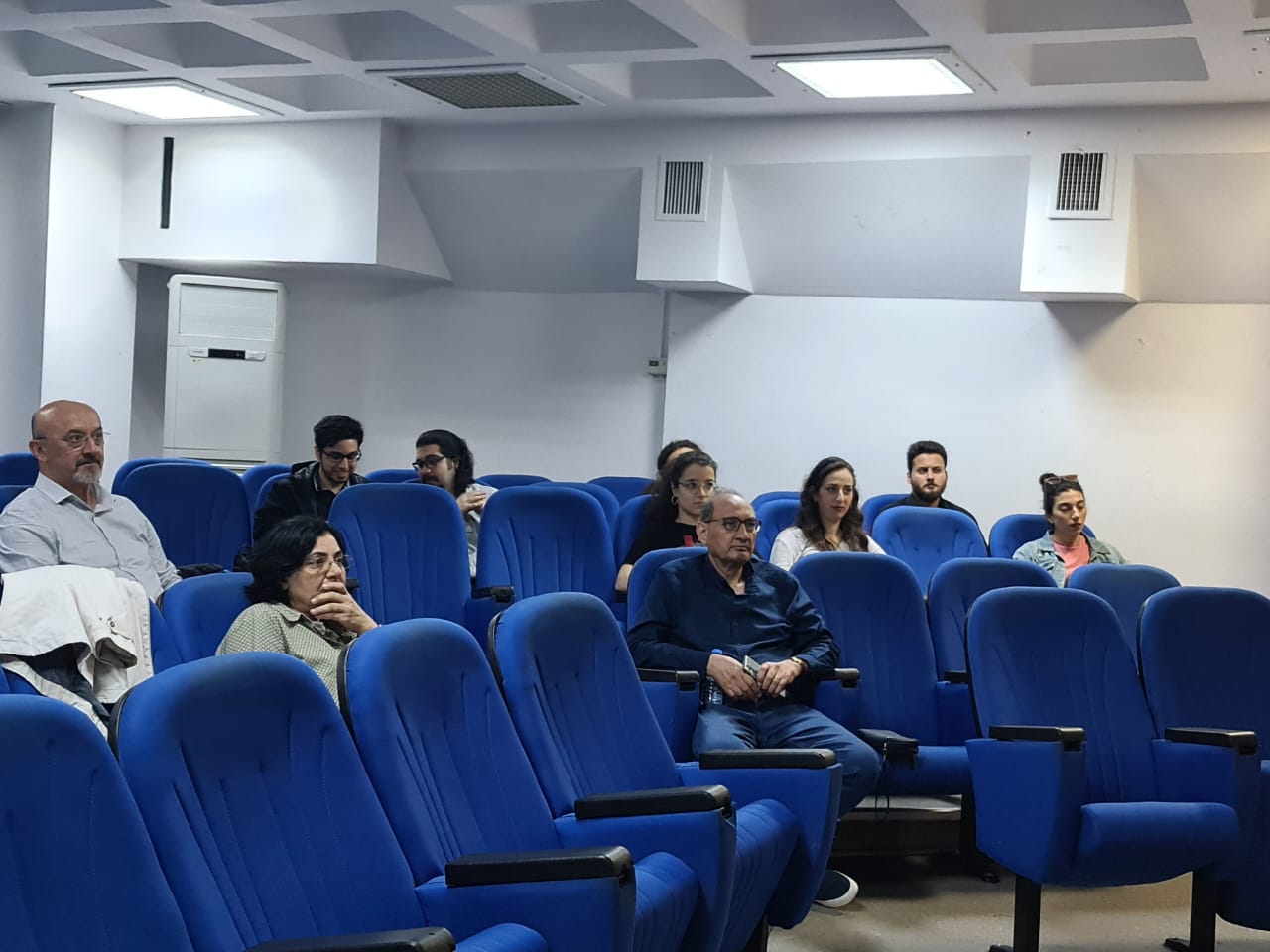
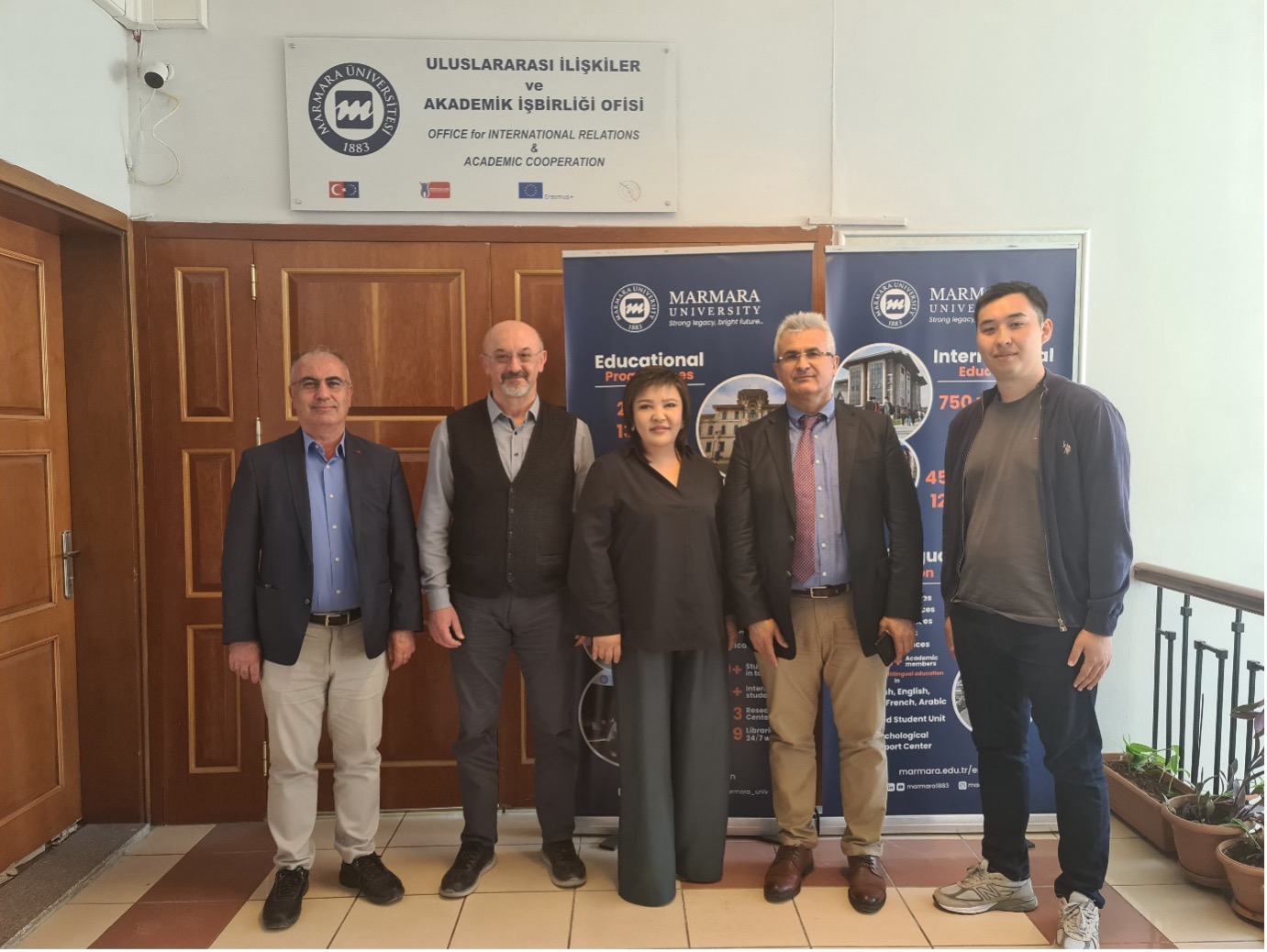
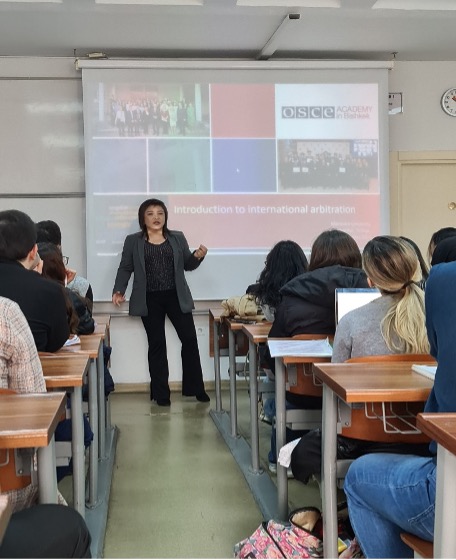


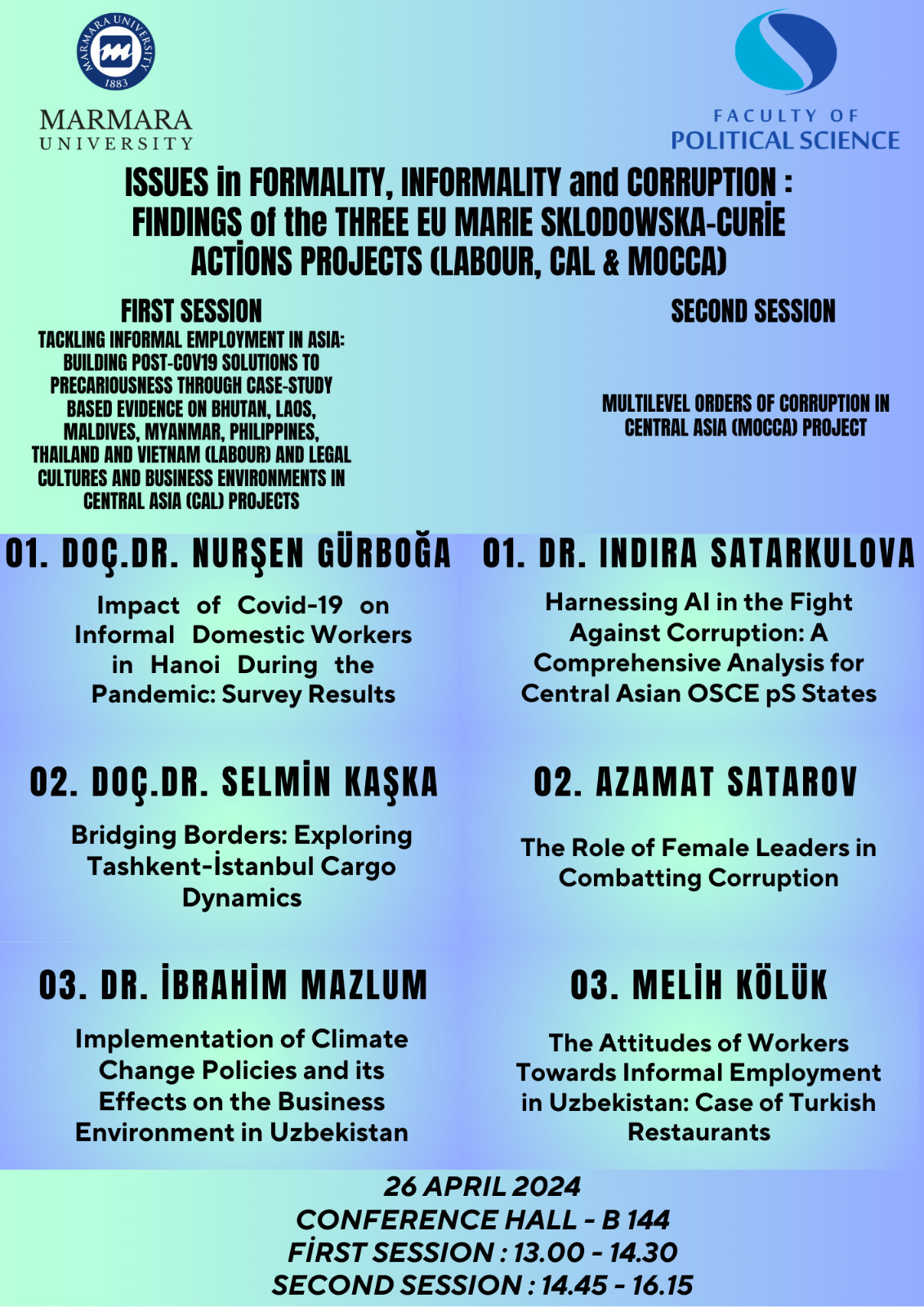
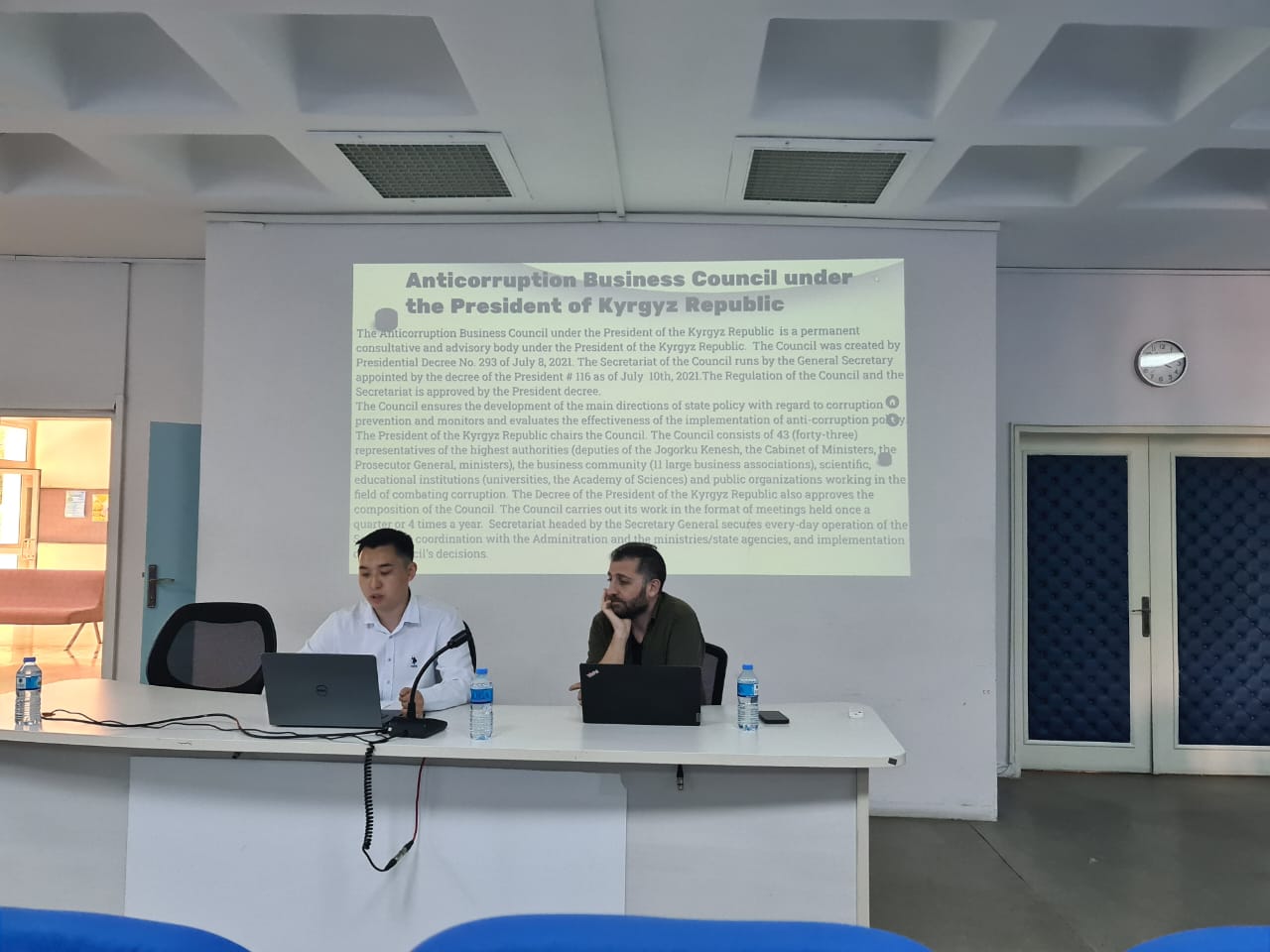





 Lund University holds a high rank in international comparisons of higher education institutions, consistently placing in the global top 100 in various university rankings. Conducting research at this esteemed university was a delightful experience for me.
Lund University holds a high rank in international comparisons of higher education institutions, consistently placing in the global top 100 in various university rankings. Conducting research at this esteemed university was a delightful experience for me.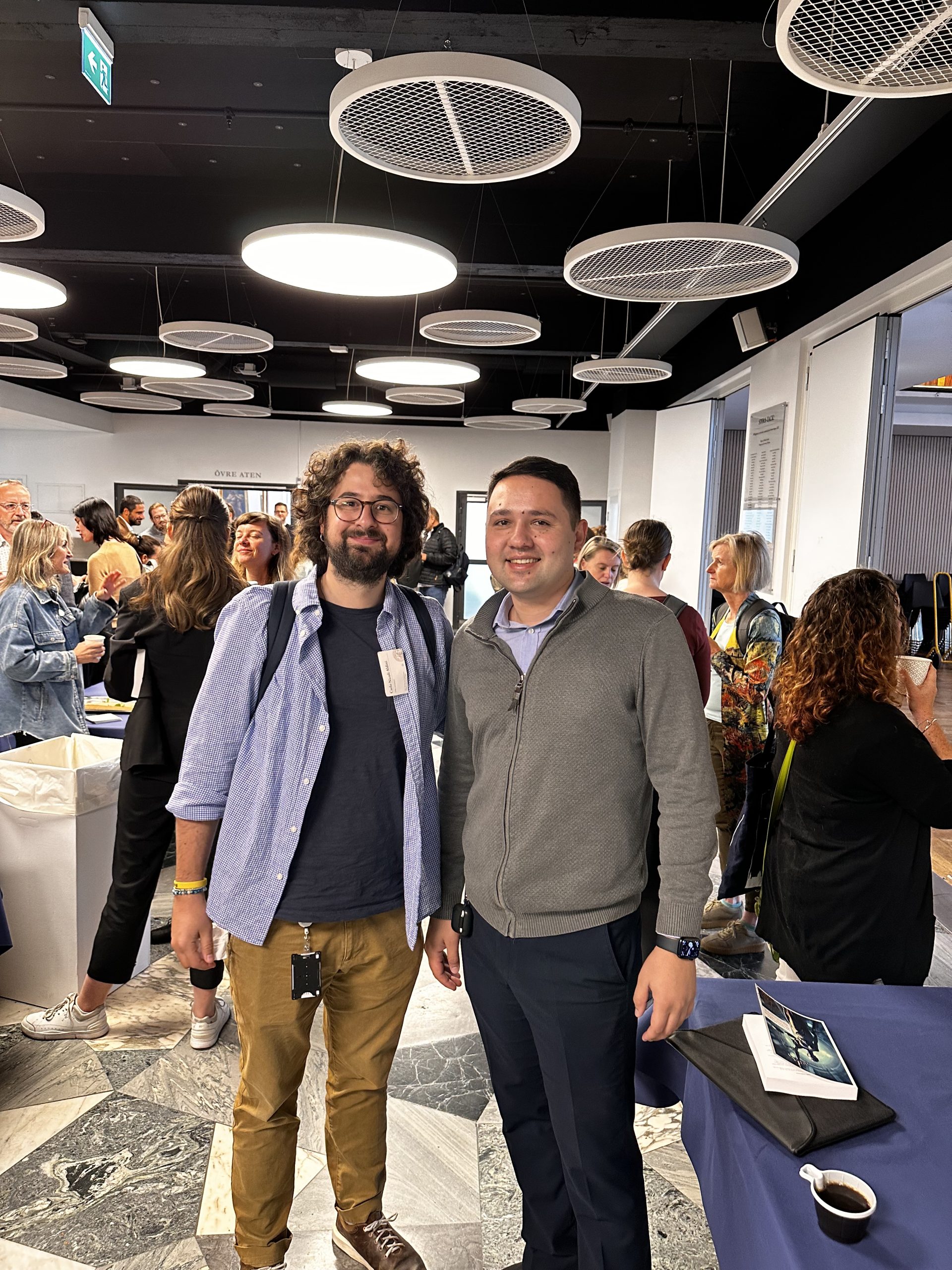 I began reading books recommended by the professors in my department, gaining insights into the origins of corruption and research methodologies for studying it.
I began reading books recommended by the professors in my department, gaining insights into the origins of corruption and research methodologies for studying it.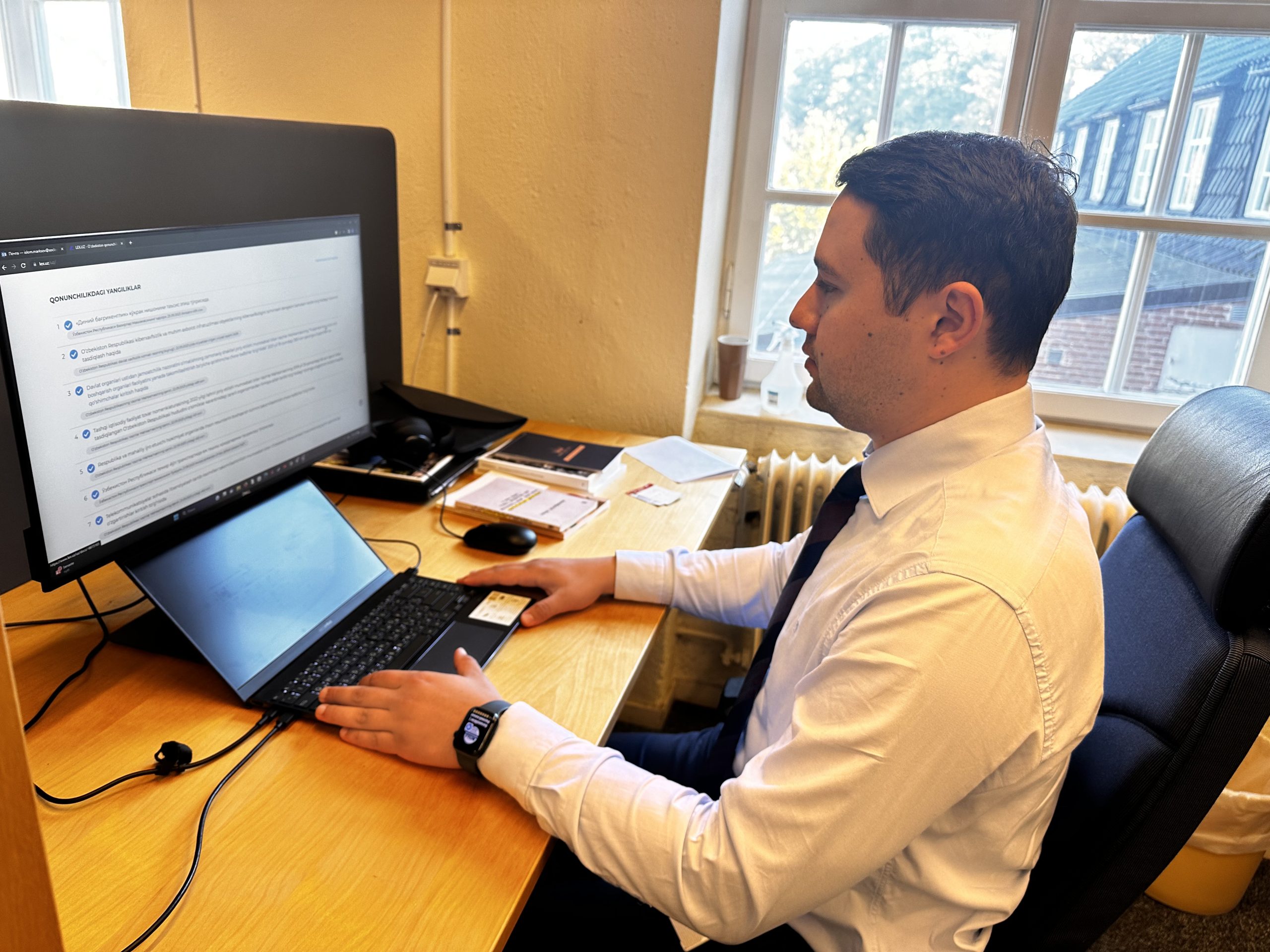 My research at Lund University focused on the topic “Prospects of improving the legal framework of the Republic of Uzbekistan related to foreign direct investments and issues of reducing the risk of corruption.” During this research, I examined the mechanisms for safeguarding the rights of foreign investors and investigated the historical and current legislative measures implemented by different countries to combat corruption in this domain. Working alongside leading professors and teachers at Lund University, I collaborated on drafting an article within the scope of my research topic. The studies revealed that developed countries follow certain practices to protect the rights and legal interests of foreign investors and prevent corruption in this field:
My research at Lund University focused on the topic “Prospects of improving the legal framework of the Republic of Uzbekistan related to foreign direct investments and issues of reducing the risk of corruption.” During this research, I examined the mechanisms for safeguarding the rights of foreign investors and investigated the historical and current legislative measures implemented by different countries to combat corruption in this domain. Working alongside leading professors and teachers at Lund University, I collaborated on drafting an article within the scope of my research topic. The studies revealed that developed countries follow certain practices to protect the rights and legal interests of foreign investors and prevent corruption in this field:
Comments